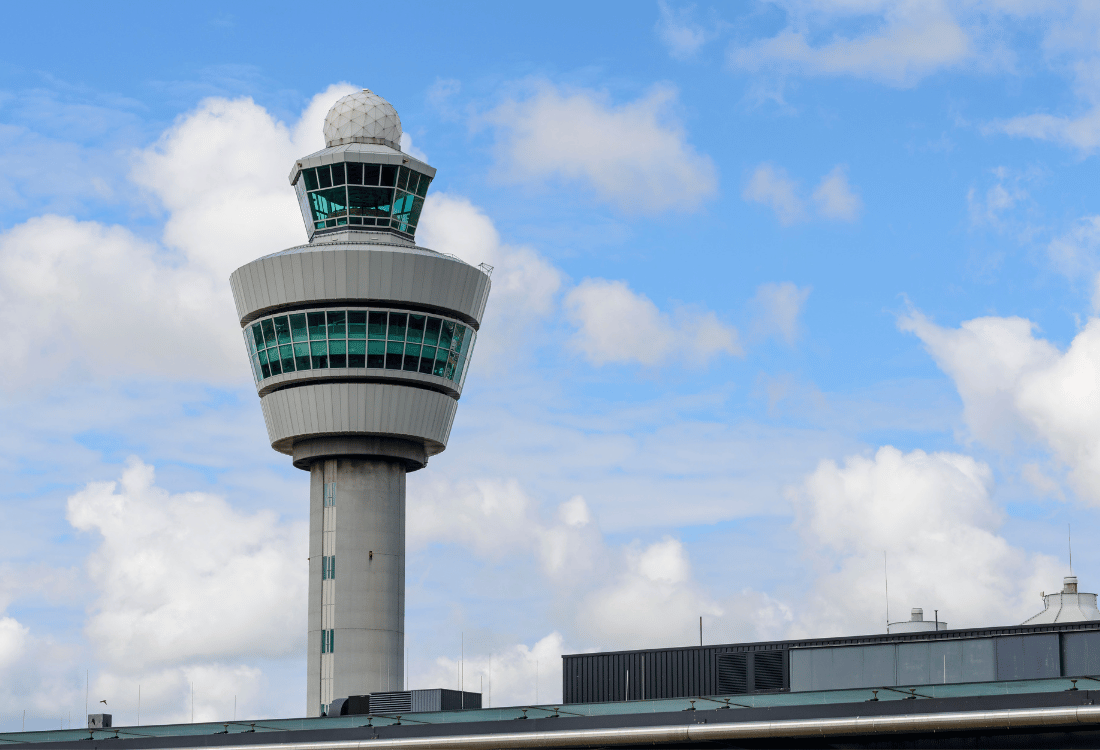It’s easy to forget that the first scheduled passenger flight took place only 110 years ago, in 1914. At that point, air traffic control (ATC) technology did not exist – pilots depended on visual navigation methods such as compasses and maps to fly and land their planes. There wasn’t even a runway-based flag system (this wasn’t introduced until 1929), let alone ATC radar, and the first satellites were nearly 50 years away.
Fast forward to 2024, and the air traffic control landscape is unrecognisably different. Air traffic control radar systems, first introduced in the late 1940s and 50s, are now used to direct aircraft safely to the ground and into the air based on interrogation signals emitted by secondary radars, which are answered using primary transponders on board aircraft in the vicinity.
The Age Of Radar
Radar technology has been the backbone of ATC communications for over half a century, allowing ATC towers to track and manage high aircraft traffic volumes by providing real-time data on their positions. As a result, midair collisions – once a very real risk – are now almost unknown, with safe separation between aircraft in the sky, even over busy airports and flight paths.
Radar technology itself hasn’t stood still over the past 50 years. As technology develops, so have the methods available for tracking and managing air traffic.
Mode S (Selective) Radar Systems, for example, provide enhanced capabilities over previous generations of primary radar and secondary surveillance radio (SSR) systems, with greater accuracy for aircraft identification and tracking. Features of these newer systems include selective interrogation, allowing ATC towers to selectively query individual aircraft – unlike SSR systems, which simply broadcast interrogations to all aircraft within range. This innovation has helped airports reduce signal clutter and make more efficient use of their available bandwidth.
ADS-B And Satellite-Based Surveillance
The creation of Automatic Dependent Surveillance Broadcast (ADS-B) during the 1990s marked an important transition from radar towards satellite-based air traffic control. Over the first two decades of this century, satellite air traffic control systems have become increasingly vital for safety, providing real-time aircraft positions and alerting ATC towers to potential collisions, and making it easier to sustain safe distances during take-offs and landings.
Using an ADS-B system, both air-traffic controllers and individual pilots can access a radar -like display that shows accurate, up-to-the-minute traffic data derived from satellites. This insight helps optimise the use of airspace and also improves situational awareness on the ground and in the air, paving the way for a more GPS-based air traffic control methodology.
What Next For ATC Technologies?
The next decade is expected to witness a continued shift from radar-based surveillance to satellite-oriented systems, with wider adoption of ADS-B around the world (since 2020, ADS-B has been mandatory for all aircraft operating in US -controlled airspace), alongside other technologies such as Multilateration (M-LAT), to further enhance accuracy, coverage, and real-time tracking capabilities.
Next Steps
To find out more about modern air-traffic control technology and how it can help streamline operations at your airport, please contact one of our specialists today by clicking here.
Image Source: Canva

